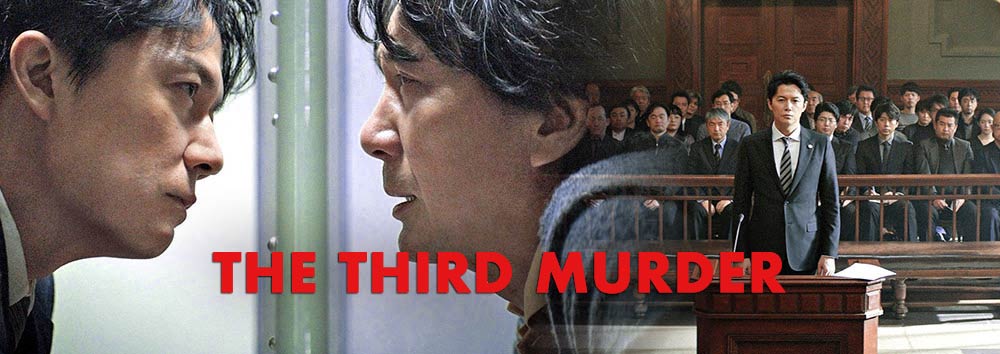
Robert McKee’s WORKS / DOESN’T WORK Film Review
THE THIRD MURDER
Written and directed by Hirokazu Kore-eda
It Works! (Spoiler Alert)
1. Classic Structure to Deepen Subtext and Meaning:
This courtroom drama delivers a fine reworking of the Open Mystery. We know who committed the murder but not why. The storytelling builds curiosity by making us guess between at least six different whys and the possibility of innocence.
The deeper, philosophical question, however, is this: Can we ever know the truth behind any human action, let alone murder?
Justice systems are not concerned with the truth but with determining if a law has been broken, and if so, by whom. Truth, the whys of things, is at best a subjective guess, a side effect of investigation and trial.
The third murder in THE THIRD MURDER is the one society commits when it executes a criminal. So, a defense attorney-come-detective tries to find a less condemning reason why his client committed murder in order to save him from the gallows (Japan’s preferred method of capital punishment).
2. Distinctive Cinematic Style of Symmetry, Balance and Restraint:
In the grand tradition of Japanese cinema, writer/director Hirokazu Kore-eda favors evenly lit interiors. No deep shadows on the characters’ faces, no high or low angles, no rapid edits, no fast moving cameras. Even when the protagonist bludgeons his victim to death, Mr. Kore-eda shoots the scene at a distance and frames it symmetrically.
This intentionally cool, distinctly anti-Western aesthetic defuses the audience’s emotions but engages their minds. When the director wants a cinematic climax, he shoots the agonized face in a tight profile, forcing the audience to picture the full-faced expression.